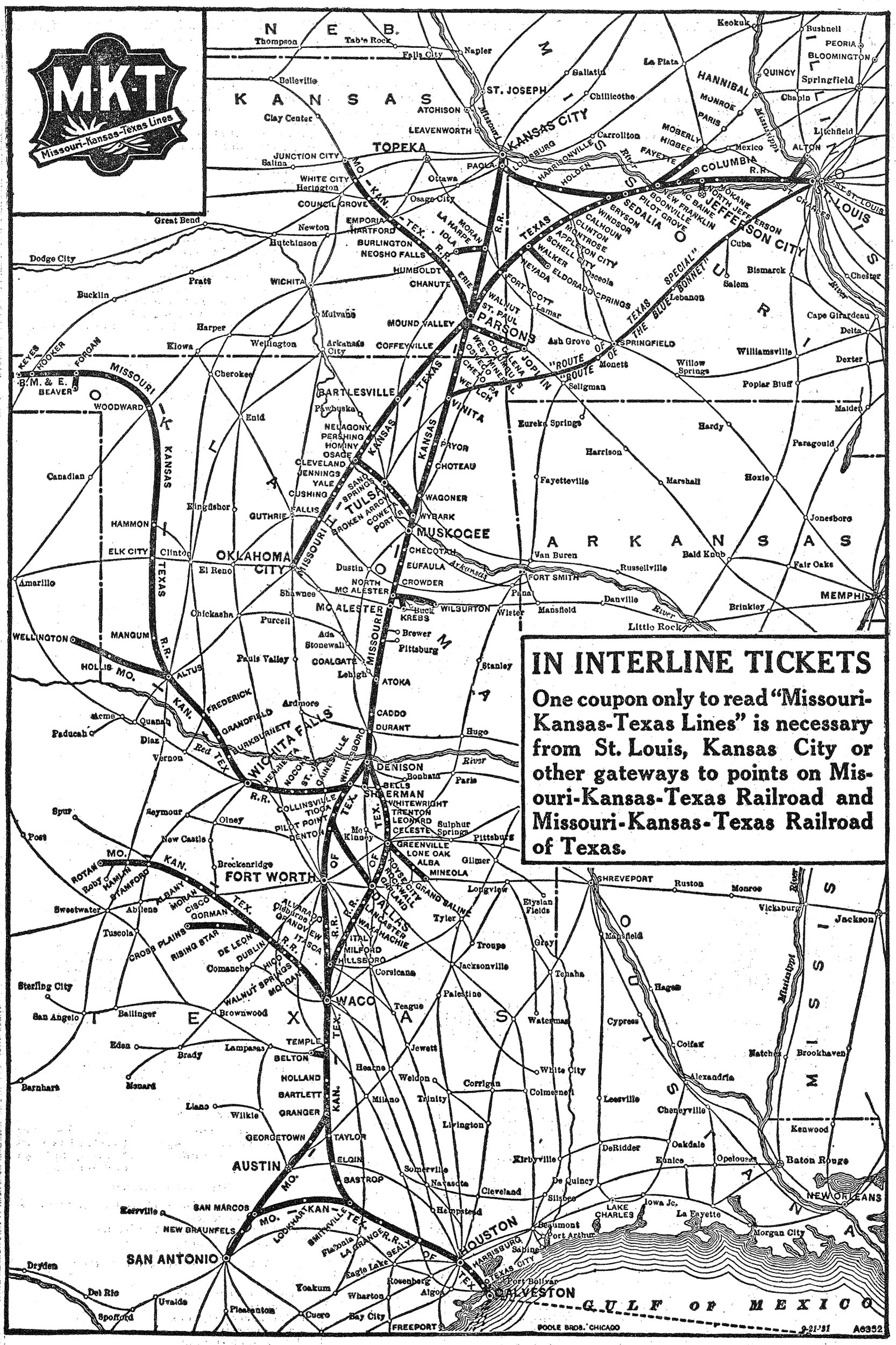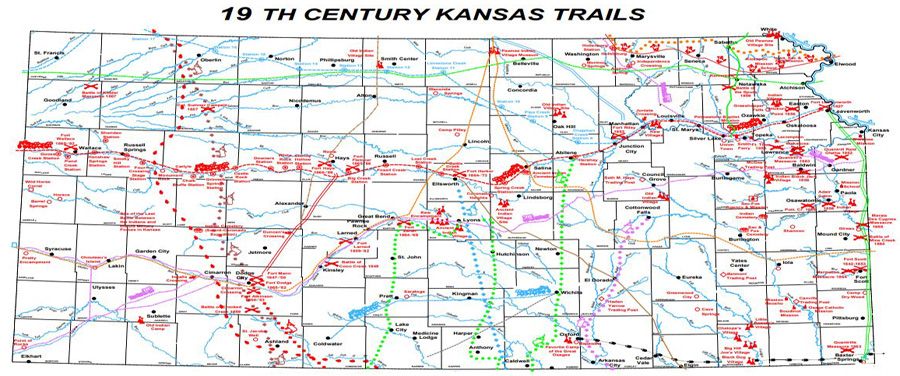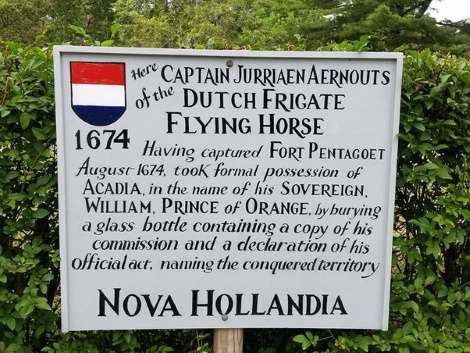TL;DR -- The title may be self-explanatory. Hype has reigned for a while now. Let's correct that.
---
This is the 2nd post of a series and looks at some articles from the recent IEEE Spectrum. First, what is the IEEE? It's the Institute for Electronic and Electrical Engineers, now known by its acronym, which is over 100 years old. An old motto reminded everyone that for all of the technology events of the 20th century, some member of the IEEE was there. That is due to the pervasive influence of power generation and management. With the computer, the tie is even stronger.
So, the IEEE has had its ups and downs, as does any groups of humans. But, their collection of articles in the Spectrum of October of 2021 was phenomenally on the mark. We will pick a few articles for this post but will look at all of them eventually in our technology focus. The image on the right is from their cover showing a robot (nicely configured) and the headline: Why is AI so dumb?Now, AI has been around for more than 1/2 of a century and was almost named as a lark by John McCarthy. It is famous for having generated lots of interest during its life in a cycle of boom and bust. We are currently in a boom where AI is all over. Companies are piling on the heap of people trying to use. We see some success.
Mostly, though, we can say that it's far from expectation's ideal in terms of real modes of gain. Hence, the interest of the TGS, Inc. Every group needs some focus. We are taking technology in the perspective of people with 400 years of history under their belt. We have already started to look at these long threads of cultural experience and discussing how we need such in today's world. Expect that effort to continue.
In particular, we can look at historic fact. Genealogists have used the computer from the beginning. Then, we saw the genetic analysis project gain footing and ground. On the other hand, there are many open questions yet unanswered. In fact, they have not even been asked. When you see commercial outfits piling on something, watch out. AI is like that; so, too, can be genealogy efforts; as well, we can look at the whole of the industry, given enough time.
But, back to the Spectrum. There were several articles, such as the one looking at AI history. There we see that two views predominated: symbolic and connectionist. Of late, the press has favored the latter which got out of bed finally due to increases in computational prowess. We worked in this, hence the interest. Prior to that, the symbolic approach made some headway. IEEE had a brief history. There are more in-depth looks that we can purview. Specifically, the most recent work has been on tying these two approaches together. That is, as smart people have always done, the work will continue, in the spotlight or out of it.
Unfortunately, the spotlight perturbs things greatly. One might think that turning the damn thing off is how to go, except for those who want to act and play reality rather than do hard science and engineering. So, in that guise, lets look at three of the articles.
- An Inconvenient Truth About AI - IEEE calls this the third wave. In each one, the advances were noticeable. This time, we saw the AI win games thought to be too difficult for computers. Everywhere almost, we see AI systems handling customer queries for better or for worse. There are other examples of the good and the bad. Briefly, this technology is not ready for big-time replacement of humans and their talents. So, why the hype? This will need discussion.
- 7 Revealing Ways AIs Fail - Some of the attributes are discussed, such as brittleness, inherent bias, lack of common sense, and failure to handle mathematics as we would expect. In this latest round, huge stacks of data that came from the computer's existence allowed a focus on AI training itself. Some success got people to thinking of autonomous modes which did not really pan out as expected. But, typical to human endeavors, it took a while for the realizations to hit home. We all know the little engine that could. Just how little is the AI engine? Pun.
- Deep Learning's Diminishing Returns - One ignored factor has been that these new approaches are expensive in several ways. There is the hardware and then the energy. Then, there was the complexity that was latent. Scaling up is not an option. This AI thrust was leveraged by the general economic boost of the past decade. Profligate ways of business became almost the vogue which is not sustainable. As problems of the technology got more visible, the costs and their issues got attention. So, there is 'deep' here; the whole thing is in a morass with no real plan for extrication. The business and social aspects of AI will be an interesting bit of study. Even magic has its price.
Remarks: Modified: 12/03/2021
10/30/2021 -- Add the TL;DR.
12/03/2021 -- After some research, this seems in order. Will use this to set a basis: Practical issues of AI.












